In Ethiopia, traditional cultural clothing can signify what region or tribe someone is from. However, the largest ethnic group, the Oromos, were reluctant to openly express their cultural and ethnic identity until recently. This went as far as avoiding speaking their language, Afaan Oromo, in public for fear of being criticized for not adhering to national identity.
However, over the last decade, an increasing political assertiveness combined with a growing cultural pride among young Oromos is now also being expressed in their fashion. This month’s annual Oromo Irreecha thanksgiving festival was an opportunity to show new outfits. Notably the Dibaba family, known as the fastest family on the planet, showcased photos in traditional Oromo dress for the holiday. Designers like Antiko Design, are taking traditional features and modernizing them.
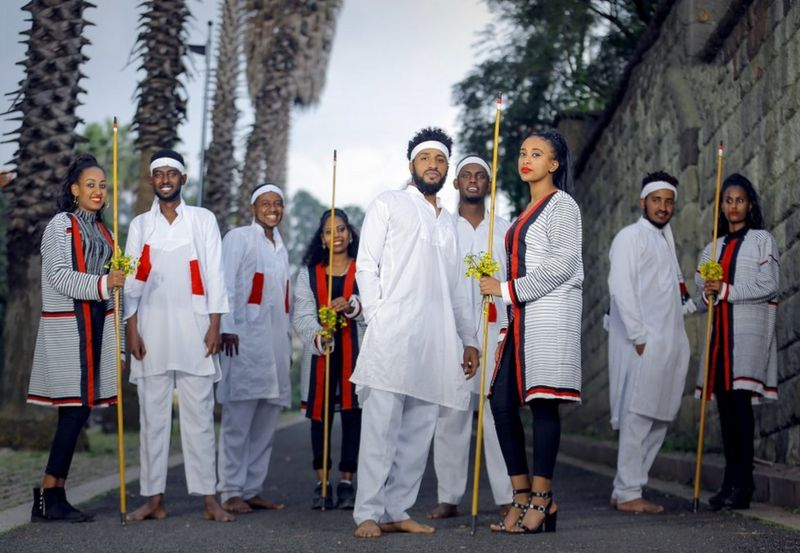
The red, black, and white colors are recognizable as Oromo colors and are featured in the women’s long jackets pictured, and are an adaptation of traditional dress. The sticks they hold are known as siinqee, which are part of a custom that helps protect women in the community.
Kush Design crafted clothes with traditional Oromo patterns and colors placed in new places like the cuff and across the body. Photographer, Elias Badhaasaa wanted to capture these images as a way to make his culture more widely known. “I was seeing other ethnic cultures being photographed and documented and not ours,” he told the BBC. “Therefore, I started asking myself, why are we not promoting ours? I want us to be visible in the Horn of Africa and beyond.”
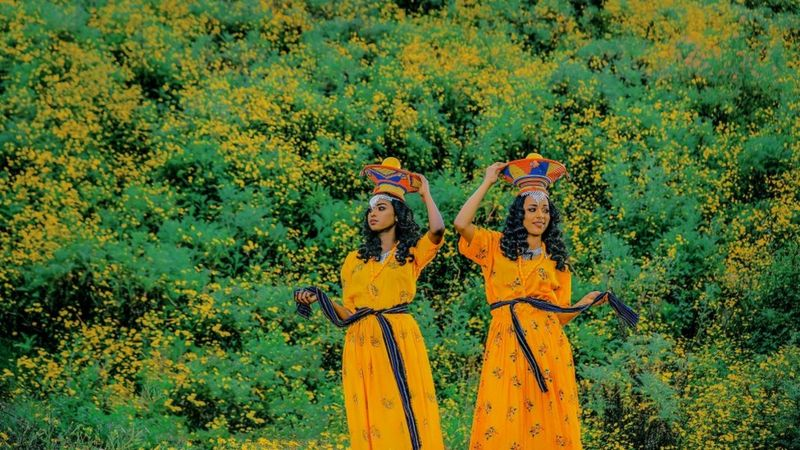
(Photo: Dagi Pictures)
Oromia covers a large area of territory across Ethiopia and has many diverse traditions within it. In the picture above, the women hold baskets from eastern Oromia, but the ties around their dresses, designed by Yoomiyuu Cultural Clothes, are from the southern part of the regional state.
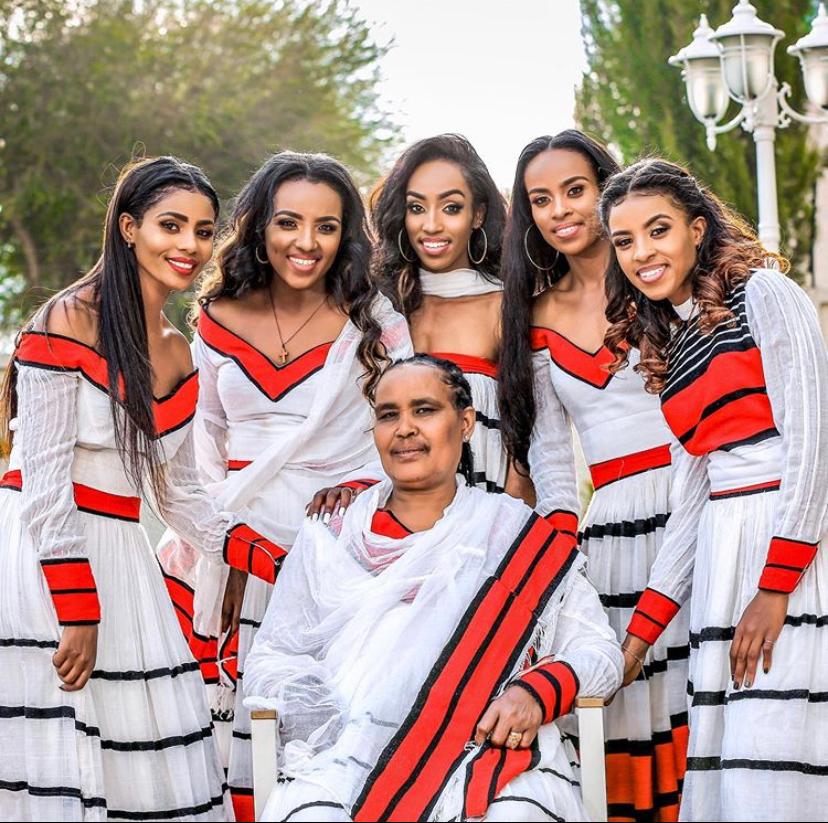
(Photo: Dibaba family in Oromo dress/ Genzebe Dibaba Instagram)
The Irreecha festival attracts millions of people, but this year the numbers were limited in the capital, Addis Ababa, due to coronavirus restrictions and political tensions. The festival marks the end of the rainy season and the beginning of harvest. This was only the second time the festival was held in the city. Last year was the first time Irreecha was celebrated in the capital after 150 years. For Oromos, Irreecha is the most significant cultural event and it draws from the original Oromo faith, Waaqefanna. It is attended by millions of Oromos from across Ethiopia and the diaspora, Muslims and Christians alike. Celebrating their traditions and wearing traditional dress has historically been part of the resistance to the government in Ethiopia according to Mohammed Ademo, founder and editor of OPride.com, a multimedia news site focused on Ethiopia’s Oromo community. In recent years, many Oromos have given up Western attire to wear Oromo clothes. Dressing in the traditional attire has become a cornerstone of their identity and self-expression.
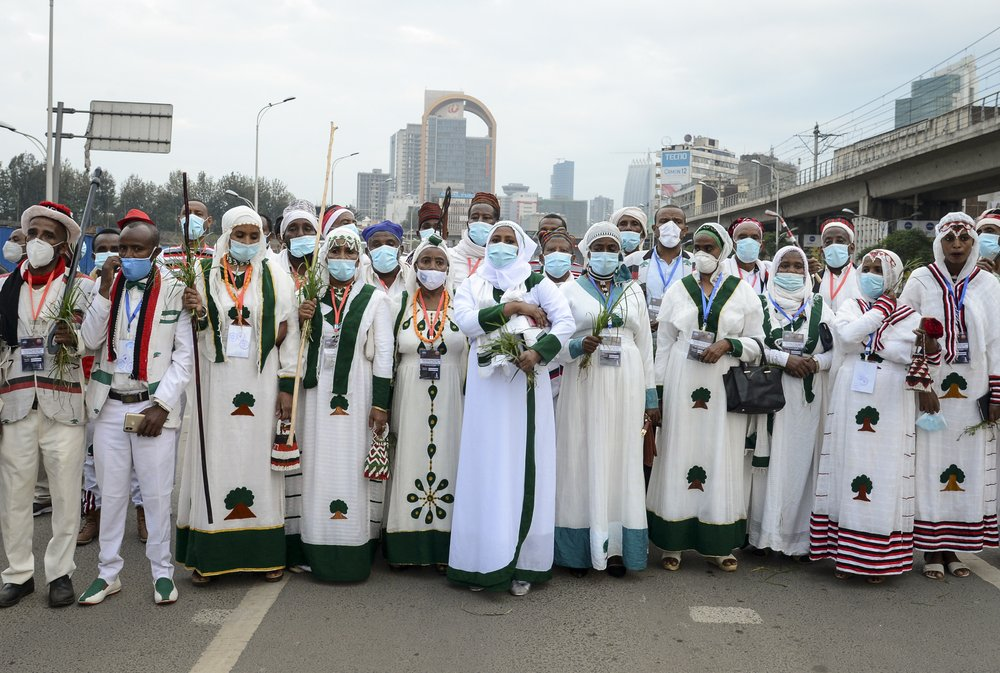
(Photo: 2020 Irreecha celebration in Addis Ababa/ AP Photo)
Traditional Oromo clothes consist of woya for men, which are toga-like robes, usually white, and a skirt called wandabo, for women. Oromo women also wear qollo and sadetta, cotton cloths traditionally hand-spun and hand-woven. Peri Klemm, a professor in African history of art at the University of California at San Diego and expert on Oromo dress, said: “At times when identity is threatened, dress, particularly that of Oromo women who have always been the carriers of culture, becomes a way in which the Oromos maintain a sense of who they are.”
In his days as a student in Addis Ababa in the 2000s, Ademo recalls receiving suspicious stares from people in the streets whenever he wore his traditional Oromo clothes. In Ethiopia, he told Index, “there is this mindset that to wear Oromo cultural clothes is a threat to the state”. According to Ademo, wearing Oromo clothes could be too overt. He and his friends used beads and bracelets to share secret codes to evade state censors. They would wear red-green-yellow beads to mark the colors of the Oromo Liberation Front flag, a political movement founded by Oromo nationalists in 1973. “When people have no other ways of expressing themselves, they turn to showing their resistance through clothes, without necessarily saying they are resisting,” he said.
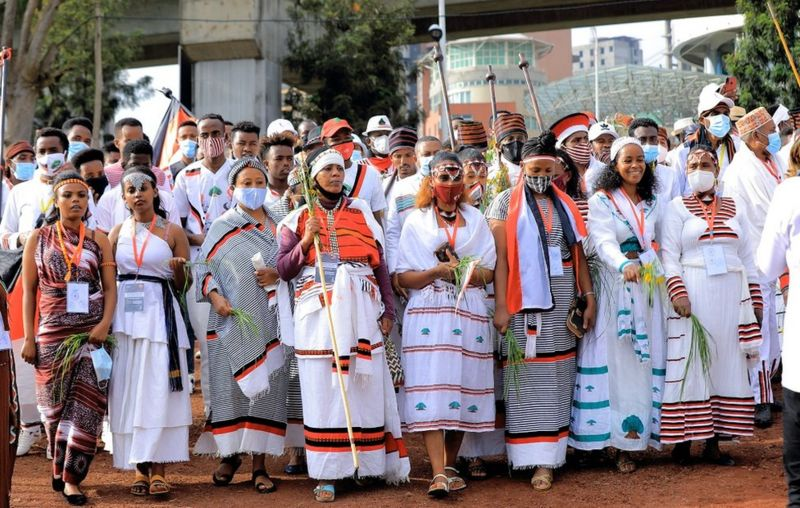
(Photo: Dagi Pictures)
In this image, the woman holding the siinqee is wearing a traditional Oromo outfit, but there are some details on the clothes of the women near her which are newer. A repeated and prominent element is the addition of the sacred Odaa tree which has become an Oromo emblem.
During the 2016 celebration of Ireecha in Bishoftu, a town about 40 kilometers from the capital, several dozen people were killed in a stampede after police fired tear gas and rubber bullets to disperse anti-government protestors. Rights groups put the death toll in the hundreds. This occurred at a time when waves of protests by Oromos speaking out against political and economic marginalization was building. This year notably, people carrying the Oromo Liberation Front and Oromo Federalist Congress party flags were absent in this year’s festival. Some of the parties’ leaders are in prison for alleged involvement in the deadly unrest following the killing of popular Oromo singer, Haacaaluu Hundessaa in June. While the current Prime Minister, Abiy Ahmed, is the first Oromo leader, tensions still remain high. The prime minster faces growing criticism by some Oromos who believe that he hasn’t done enough for them. The campaign for Oromo rights has been strongly supported in the diaspora, especially in the U.S.
Powered by WPeMatico


